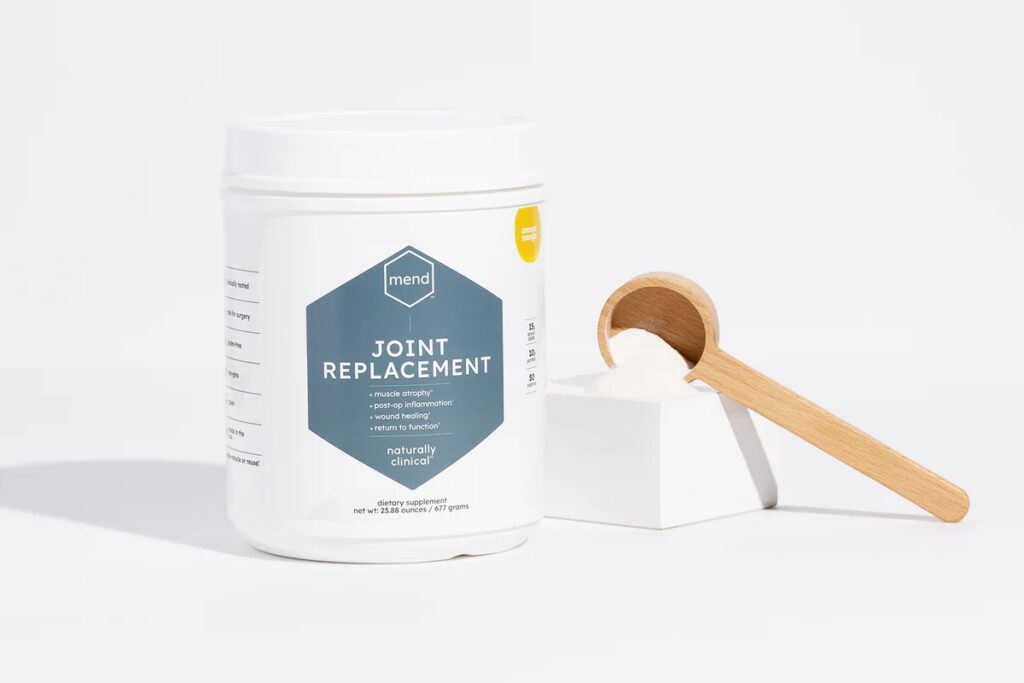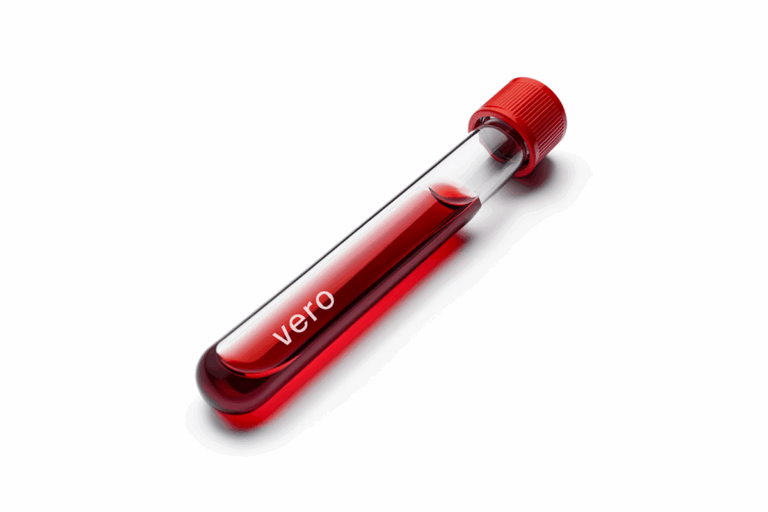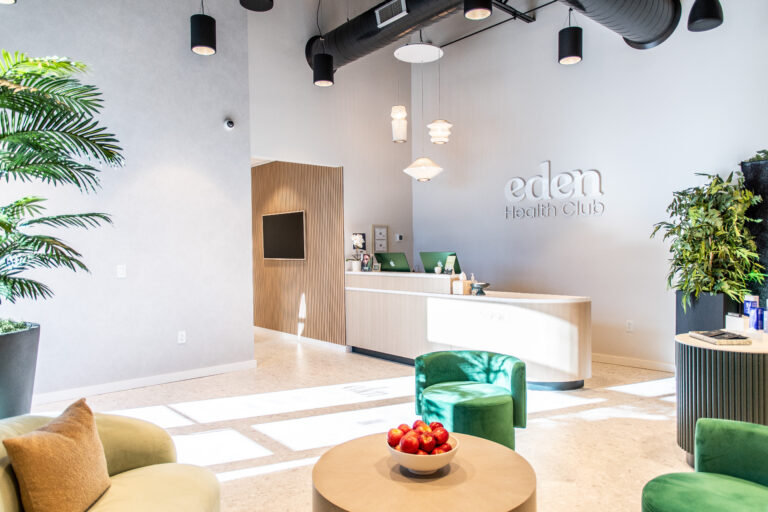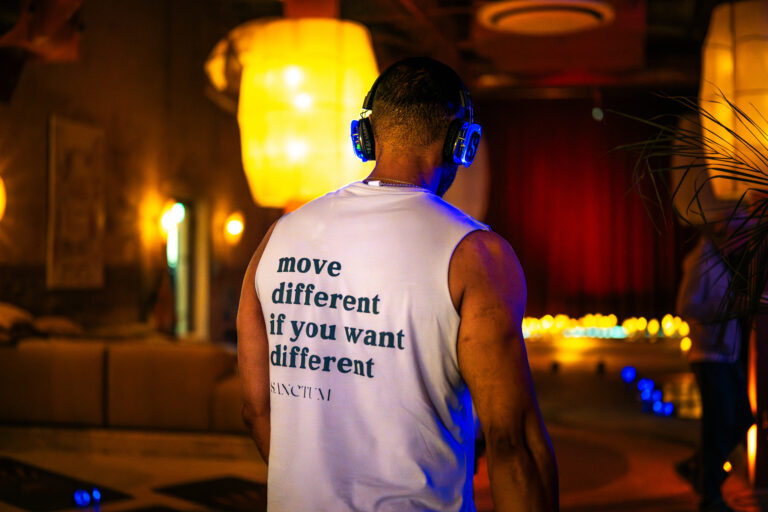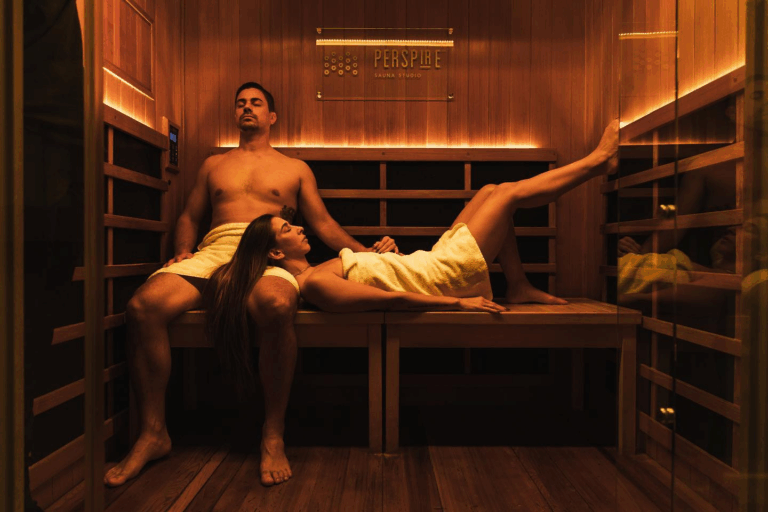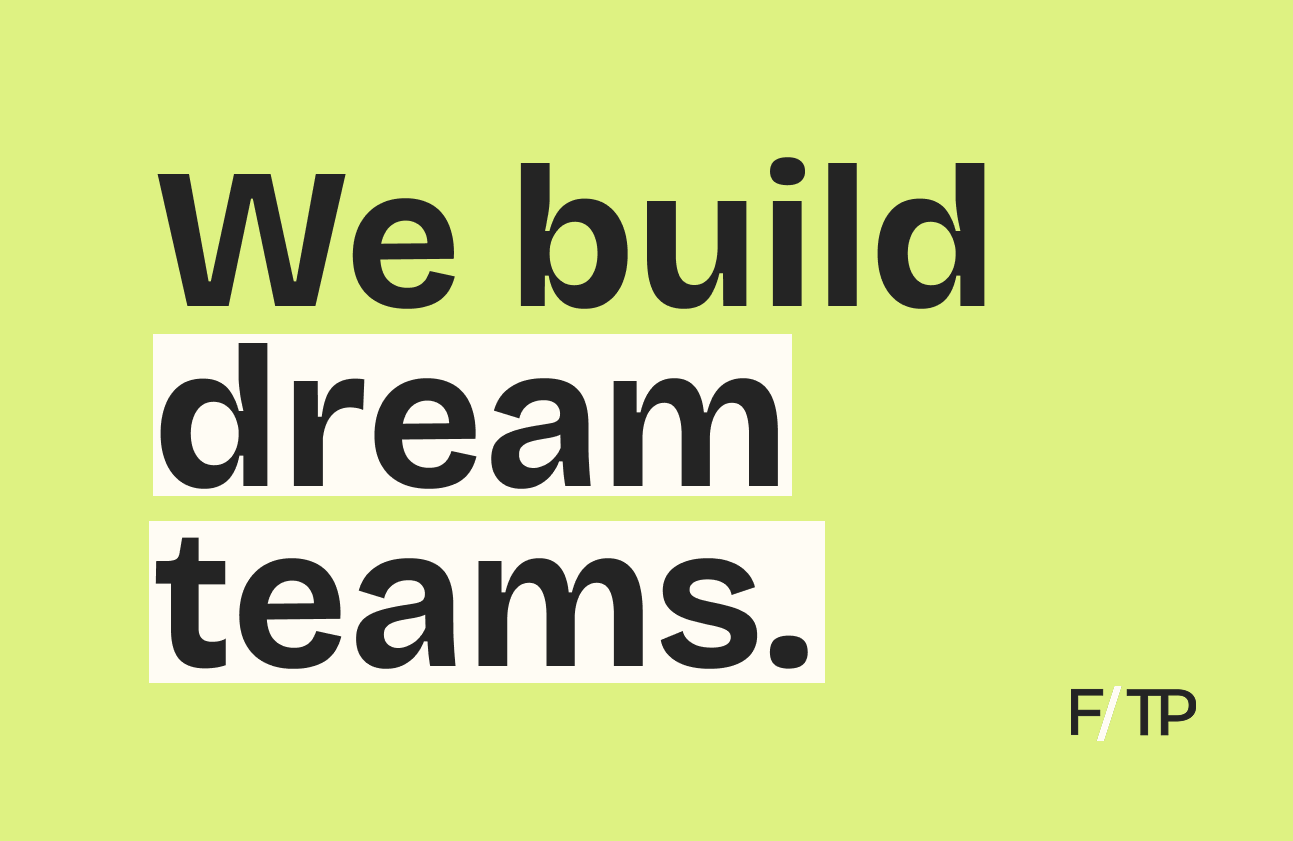In this Q&A, you’ll hear from Eziah Syed, co-founder and CEO of mend, a lifestyle coaching platform for post-acute care. Supporting orthopedic practices, sports teams, and military orgs, mend combines elements of nutrapharama, food as medicine, and physical therapy to optimize patients’ healing journey.
Can you tell us about what you’re working on at Mend?
Eziah Syed: mend is operating at the intersection of nutrapharma, food as medicine, and digital behavioral health. We are leveraging these modalities to improve acute care, which is under considerable stress, with care staff shortages, burnout, margin compression, and other pressures.
In short, we are using clinically proven solutions to extend and raise the level of care provided to patients in acute care settings like surgery.
To date, no one has managed to provide the totality of the solution that we offer, from clinically proven nutrapharma (a new class of natural medicine) to medically tailored meals to digitally enabled care navigation by in-house clinicians, nurses, and dietitians.
This is a paradigm change in medicine, and mend is at the forefront.
How did you come up with the idea? What key insight led you to pursue this opportunity?
ES: A number of illnesses with family members led me to see gaps in acute care delivery, with my mother battling cancer and my brother suffering a life-threatening fall from Kaaterskill Falls.
An obvious pain point, there was virtually no care outside of the walls of the hospital and, on top of that, there was no structure to encourage the patient to make a transformative change.
And, as we discovered firsthand, evidence-based nutrition was completely missing from the equation, and yet there is a mountain of evidence on the critical role nutrition plays in healing and recovery.
Using SMS messaging and an AI-enabled digital care platform, mend aims to extend the care delivery model to the home, ensuring a full restoration of quality of life.
How did you turn your idea into a company?
ES: I went through a very traditional startup cycle, first by researching and validating the idea (pure hustle), then by raising tiny bits of money from family, friends, and my own savings to build a prototype.
After grinding through challenges, we gained our first set of customers and, finally, raised institutional capital to scale — most recently closing a $15M Series A round led by S2G Ventures.
How big can this get? What’s the addressable market and how do you go about capturing it?
ES: We’re currently heavily focused on orthopedics but also are designing care pathways in other disciplines like oncology.
In orthopedics alone, the market is very large, with roughly 7M surgeries per year in the US alone. 77% of all injury-related visits to healthcare are musculoskeletal injuries, racking up roughly $200B per year in healthcare spend.
And yet, we’re spending billions on poor outcomes and frequent readmissions, and with the pressures in acute care, we’re at risk for a dip in quality of treatments if all remains the same.
As such, we’re working alongside healthcare, primarily focused on going to market through private practices and health systems.
Anything else you’d like to share with readers?
ES: There is no substitute for rolling up your sleeves and doing the work. Learning every aspect of your business is hands-on, but getting into the weeds has enormous value.
At mend, I’ve been the chemist, the shipping department, the copywriter, and the production manager at different points in the journey. And if I were to do it over again, I wouldn’t change that.
Building a startup is a grind every step of the way. Grit and belief will be your two biggest friends; doubt and lethargy your two biggest enemies. Trust the process, if you’ve done the homework and your thesis is sound, good results will eventually follow.
For us, it’s elevating the healing experience one doctor, athlete, military operator, or patient at a time.
If you’re interested in having your company featured in our Startup Q&A series, send an email to team@fitt.co.
